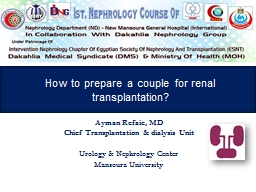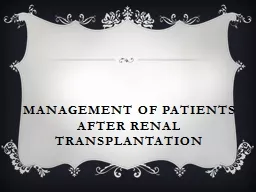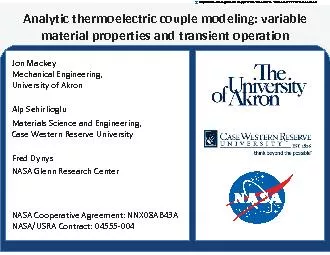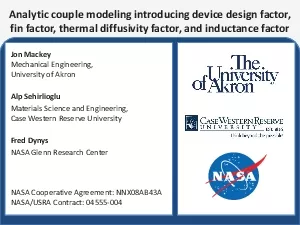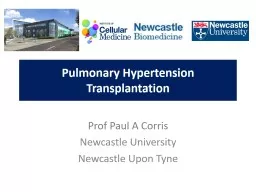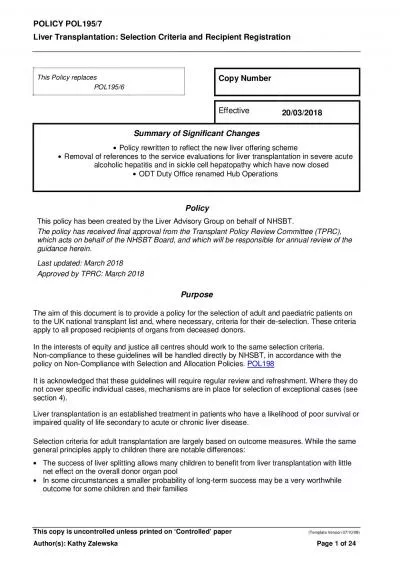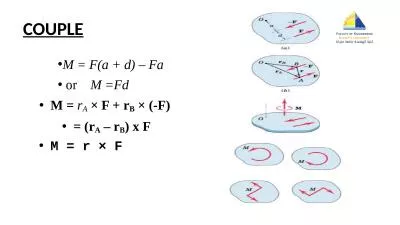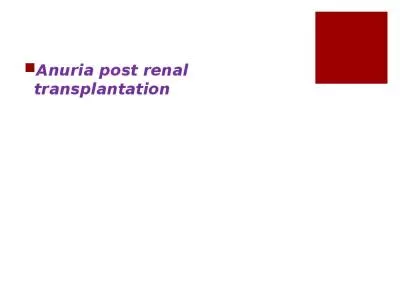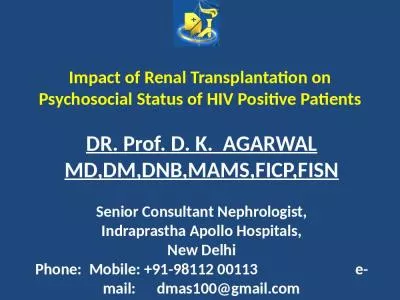PPT-How to prepare a couple for renal transplantation?
Author : esther | Published Date : 2024-02-09
Ayman Refaie MD Chief Transplantation amp dialysis Unit Urology amp Nephrology Center Mansoura University Successful Transplantation GOAL Good Preparation
Presentation Embed Code
Download Presentation
Download Presentation The PPT/PDF document "How to prepare a couple for renal transp..." is the property of its rightful owner. Permission is granted to download and print the materials on this website for personal, non-commercial use only, and to display it on your personal computer provided you do not modify the materials and that you retain all copyright notices contained in the materials. By downloading content from our website, you accept the terms of this agreement.
How to prepare a couple for renal transplantation?: Transcript
Download Rules Of Document
"How to prepare a couple for renal transplantation?"The content belongs to its owner. You may download and print it for personal use, without modification, and keep all copyright notices. By downloading, you agree to these terms.
Related Documents

